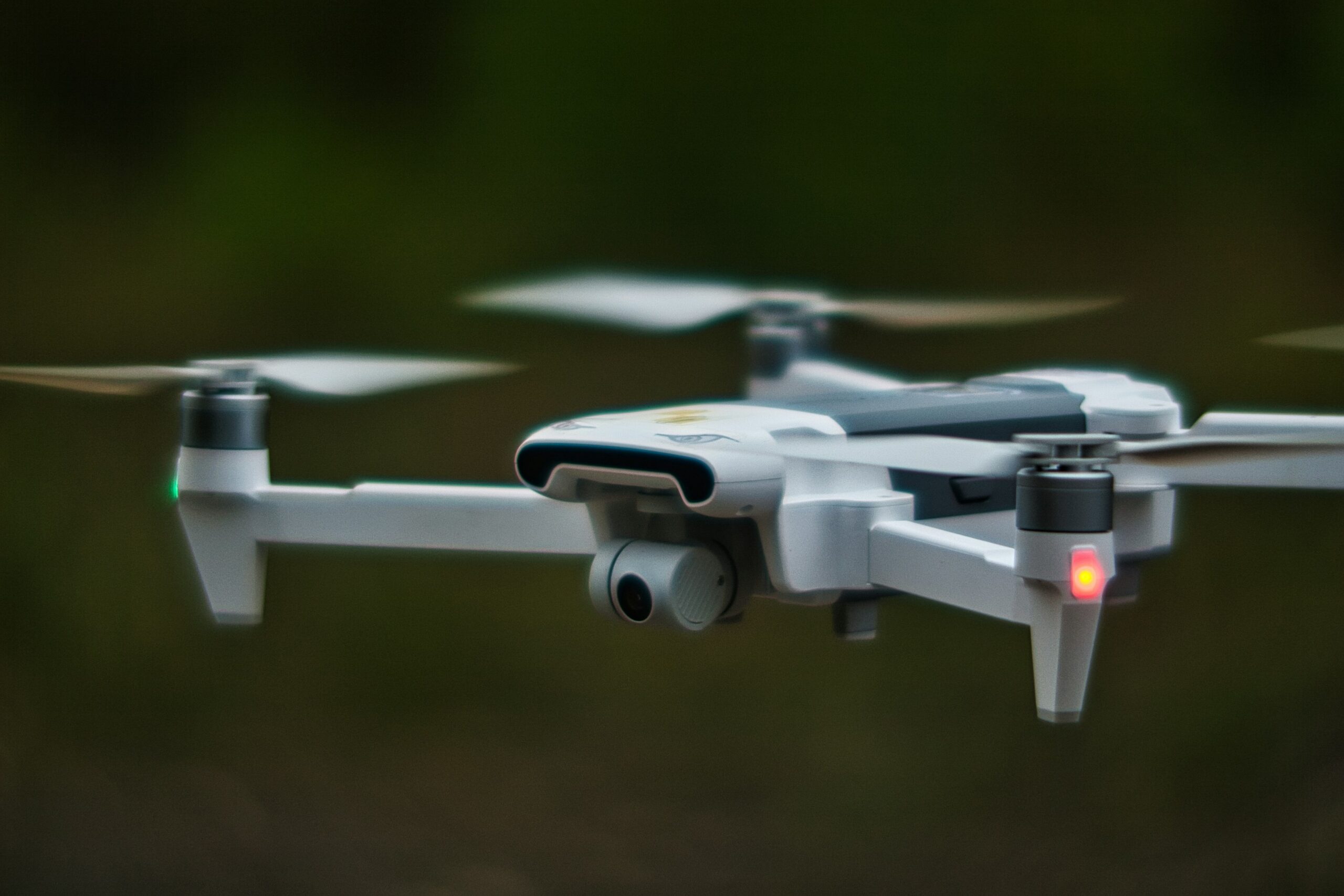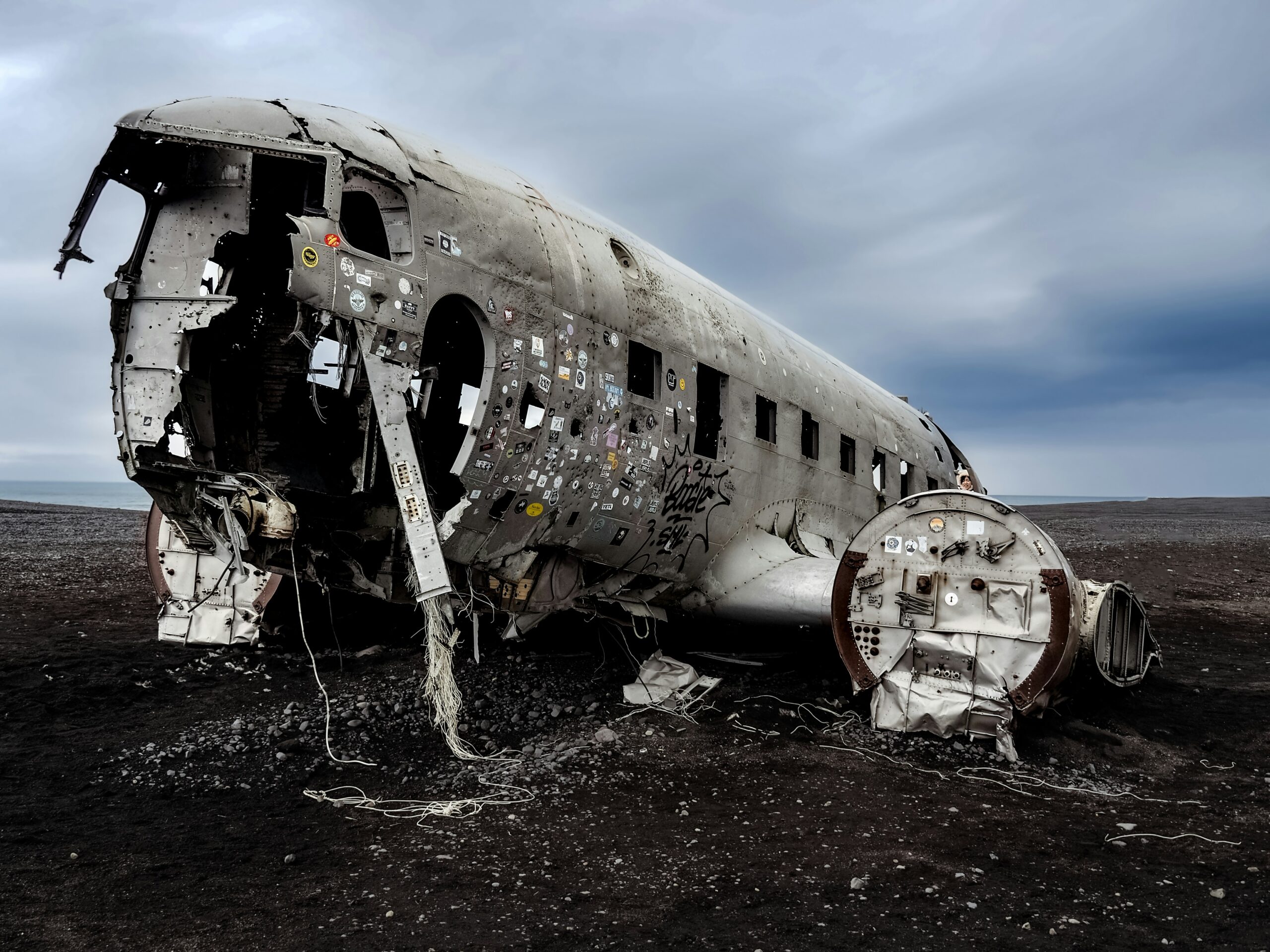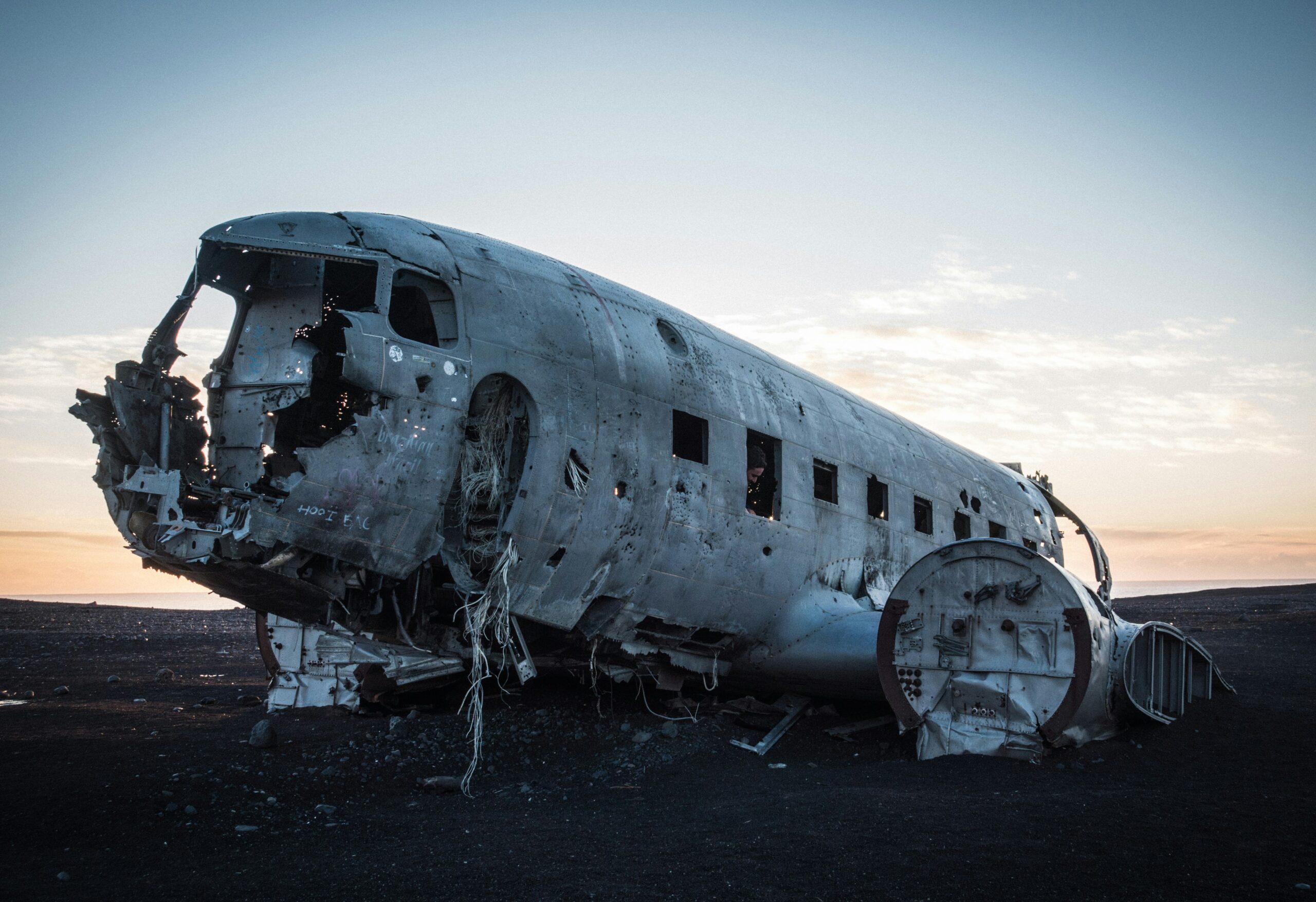Introduction to the Inspection
The scheduled inspection by the Canadian team on the 15th marks a significant event in the realm of aviation security. Aviation security encompasses a range of measures designed to protect passengers, staff, aircraft, and airport infrastructure from malicious acts, and it is critical to the safety and efficiency of the global aviation industry. Inspections such as this serve to ensure that the highest standards of security are upheld, mitigating risks and enhancing the overall safety of air travel.
The forthcoming inspection is part of a broader initiative aimed at evaluating and enhancing aviation security protocols. This initiative underscores the commitment to maintaining stringent security measures, which are essential in preventing unlawful interference, such as terrorism and other threats, that could jeopardize the safety of air travel. By conducting these inspections, authorities can identify potential vulnerabilities, enforce compliance with international standards, and implement necessary improvements to safeguard the aviation sector.
Given the complexities and challenges associated with modern aviation, regular inspections are indispensable. They not only ensure that existing security measures are effective but also help in adapting to emerging threats and technological advancements. The inspection conducted by the Canadian team will scrutinize various aspects of aviation security, from passenger screening procedures to cargo handling and airport access controls. This comprehensive evaluation is vital for maintaining the trust and confidence of passengers and stakeholders in the aviation system.
As the aviation industry continues to evolve, the importance of robust security measures cannot be overstated. The upcoming inspection is a proactive step towards reinforcing these measures, ensuring that they are both rigorous and adaptable to the dynamic nature of aviation security challenges. This diligent approach to security inspection helps in bolstering the overall resilience of the aviation sector against potential threats, ultimately contributing to safer and more secure air travel for everyone.
Background on Canadian Aviation Security
Canada has a long-standing reputation for robust aviation security measures, built upon a foundation of stringent regulations and proactive oversight. The Canadian aviation security framework is governed primarily by the Canadian Aviation Security Regulations (CASR), which were established under the Aeronautics Act. These regulations are designed to mitigate risks to aviation security through comprehensive standards and protocols that airports, airlines, and other aviation stakeholders must adhere to.
Over the years, Canada has faced and responded to several major incidents that have shaped its approach to aviation security. One of the most significant events was the Air India Flight 182 bombing in 1985, which resulted in the loss of 329 lives. This tragic incident led to the creation of the Air India Inquiry, which brought forth numerous recommendations for strengthening aviation security. Another pivotal moment was the September 11, 2001, terror attacks in the United States, prompting Canada to further tighten its aviation security measures, in cooperation with international partners like the United States and the International Civil Aviation Organization (ICAO).
Canada’s rigorous inspection protocols are a testament to its commitment to aviation safety. The Canadian Air Transport Security Authority (CATSA) plays a critical role in maintaining and enforcing security standards across the nation’s airports. Regular inspections and audits are conducted to ensure compliance with national and international aviation security standards. Previous inspections have consistently highlighted Canada’s proactive stance in identifying and mitigating potential security threats, thereby reinforcing its reputation as a leader in aviation security.
The upcoming inspection on the 15th is a continuation of Canada’s ongoing efforts to safeguard its aviation sector. By maintaining high standards and continually updating its security measures, Canada ensures that it remains at the forefront of global aviation security, providing a safe and secure environment for travelers and aviation professionals alike.
The Canadian inspection team, tasked with evaluating aviation security, comprises seasoned professionals with a diverse range of expertise. The team is led by Dr. Emily Carter, a renowned expert in aviation safety and security, who has over 20 years of experience in the field. Dr. Carter holds a PhD in Aviation Security from the University of Toronto and has authored numerous research papers on the subject. Her leadership is complemented by her extensive background in conducting security assessments for international airports and airlines.
Joining Dr. Carter is Mr. James O’Neill, a specialist in aviation risk management. Mr. O’Neill has a Master’s degree in Risk Assessment and Management from McGill University and has been pivotal in developing security protocols for several major Canadian airports. His analytical skills and methodical approach to identifying potential security threats have earned him accolades within the industry.
The team also includes Ms. Sophia Martinez, an expert in regulatory compliance and aviation law. With a law degree from the University of British Columbia and over 15 years of experience in aviation law, Ms. Martinez ensures that all inspections adhere to both national and international regulations. Her expertise in legal frameworks and her meticulous attention to detail are instrumental in ensuring comprehensive compliance reviews.
Mr. Liam Thompson, a former pilot and current aviation security consultant, brings practical insights to the inspection team. With a career spanning over three decades, including 15 years as a commercial pilot, Mr. Thompson’s hands-on experience provides the team with a unique perspective on operational security challenges. His ability to evaluate security measures from a pilot’s viewpoint is invaluable in identifying potential vulnerabilities in aviation operations.
Rounding out the team is Ms. Aisha Khan, a cybersecurity specialist with a focus on aviation systems. Ms. Khan holds a Master’s degree in Cybersecurity from the University of Waterloo and has worked extensively on protecting aviation infrastructure from cyber threats. Her knowledge of digital security measures and her experience in mitigating cyber risks are crucial in addressing the modern challenges facing aviation security.
Collectively, the inspection team is well-equipped to conduct a thorough and effective evaluation of aviation security measures. Their combined expertise and experience ensure that all aspects of aviation security are meticulously examined, and any potential weaknesses are promptly identified and addressed.
Scope of the Inspection
The upcoming inspection by the Canada team aims to thoroughly examine several critical aspects of aviation security to ensure compliance with international standards and enhance overall safety. Key areas that will be scrutinized include passenger screening, baggage handling, cargo security, and airport perimeter security. Each of these components plays a vital role in safeguarding the integrity of air travel and protecting passengers, staff, and infrastructure.
Passenger screening will be a primary focus, with inspectors evaluating the effectiveness of current procedures and technologies used to detect prohibited items and potential threats. This will involve a detailed assessment of body scanners, metal detectors, and the protocols followed by security personnel during the screening process. The team will also examine the training and performance of staff responsible for this crucial task.
Baggage handling is another critical area under review. Inspectors will investigate how checked and carry-on luggage are screened and handled, ensuring that all protocols for identifying and mitigating risks are strictly adhered to. This includes the use of advanced screening technologies and the enforcement of stringent security measures to prevent unauthorized access or tampering.
In terms of cargo security, the inspection will cover the procedures in place to safeguard goods transported via air. This involves an evaluation of the measures used to screen and secure cargo, including the verification of documentation and the physical inspection of shipments. The team will look into the effectiveness of these protocols in detecting and preventing the transport of illicit or dangerous items.
Airport perimeter security will also be scrutinized, with inspectors assessing the robustness of physical barriers, surveillance systems, and patrols designed to prevent unauthorized access to restricted areas. This will include a review of the response mechanisms in place for potential breaches and the integration of advanced technologies in monitoring and securing the airport perimeter.
Additionally, the inspection will pay particular attention to emerging threats and areas of concern, such as cyber threats to aviation infrastructure and the use of unmanned aerial vehicles (UAVs) or drones. By focusing on these evolving challenges, the Canada team aims to ensure that aviation security measures remain adaptive and resilient in the face of new and sophisticated threats.
Inspection Methodology
The upcoming inspection by the Canadian team is designed to be exhaustive and meticulous, ensuring comprehensive evaluation of aviation security measures. The process will encompass a diverse array of methodologies to provide a well-rounded assessment. One of the primary techniques will be conducting interviews with key personnel. These interviews will aim to gather insights from various stakeholders, including security staff, management, and other relevant team members, to understand the practical implementation of security protocols and identify any potential gaps.
Moreover, the inspection will involve a thorough review of pertinent documentation. This will include scrutinizing security policies, procedural manuals, incident reports, and compliance records. The objective here is to ensure that all documentation aligns with national and international aviation security standards, and that there is a clear, documented process for addressing security threats and incidents.
On-site inspections will form a critical component of the methodology. Inspectors will physically examine facilities, equipment, and security checkpoints to verify that they meet required standards. This includes evaluating access control measures, surveillance systems, and the physical security of critical infrastructure. The presence of functional and well-maintained security technology will be a focal point during these inspections.
Additionally, technology assessments will be integral to the inspection process. The team will assess the effectiveness of current technological solutions employed in aviation security. This may involve testing the robustness of surveillance systems, biometric authentication mechanisms, and other advanced security tools. The goal is to ensure that the technology not only exists but is also optimally utilized and maintained.
Overall, the inspection methodology adopted by the Canadian team is designed to leave no stone unturned. By combining interviews, document reviews, on-site inspections, and technology assessments, the team aims to provide a comprehensive evaluation of aviation security, ensuring that the highest standards are met and maintained.
Expected Outcomes and Implications
The upcoming inspection by the Canadian team aims to scrutinize the current state of aviation security, potentially leading to significant outcomes that will impact both the aviation industry and the general public. One of the foremost expectations is the identification of areas that require improvement. The inspection may reveal vulnerabilities or gaps in the existing security framework, prompting recommendations for enhanced measures.
For the aviation industry, these recommendations could translate into actionable changes. Airlines and airport authorities might be advised to adopt more stringent security protocols, invest in advanced technologies, or enhance their staff training programs. Enhanced screening procedures and upgraded surveillance systems could become standard practice, thereby elevating the overall security landscape.
From a regulatory perspective, the inspection results could lead to the formulation of new guidelines or the revision of existing regulations. The Canadian government may introduce stricter compliance requirements, ensuring that all facets of aviation operations adhere to elevated security standards. These regulatory changes would aim to mitigate risks and enhance the safety of passengers and crew members.
The broader implications of this inspection are far-reaching. Improved aviation security measures can instill greater confidence among travelers, potentially boosting passenger numbers and contributing to the industry’s growth. Moreover, a robust security framework can deter malicious activities, thereby safeguarding national security interests.
Furthermore, the inspection’s findings could serve as a benchmark for other countries, encouraging them to reassess and bolster their aviation security protocols. This collaborative approach can foster a more secure and resilient global aviation network, benefiting the international community.
In conclusion, the inspection by the Canadian team is poised to yield critical insights that could drive substantial improvements in aviation security. The anticipated outcomes and their implications will not only enhance the safety and security of air travel but also reinforce public trust in the aviation system.
Previous Inspections and Their Impact
Over the years, various inspections conducted by Canadian and international aviation security teams have played a pivotal role in bolstering safety measures and enhancing overall aviation security. For instance, one of the notable inspections was carried out in 2016 by Transport Canada, which identified several areas for improvement within Canadian airports. This rigorous evaluation led to the implementation of advanced screening technologies and enhanced training protocols for security personnel, significantly reducing vulnerabilities and increasing passenger safety.
Another significant inspection was conducted by the International Civil Aviation Organization (ICAO) in 2018. The ICAO team assessed Canada’s compliance with international aviation security standards. Their findings prompted the Canadian authorities to adopt more stringent measures, such as the introduction of biometric screening and advanced explosives detection systems. These enhancements not only aligned Canada with global security standards but also instilled greater confidence among travelers regarding the safety of air travel.
Furthermore, a collaborative inspection between the Canadian Air Transport Security Authority (CATSA) and the Transportation Security Administration (TSA) of the United States took place in 2020. This joint effort focused on the security of cross-border flights and identified critical areas needing improvement. The outcomes of this inspection led to the establishment of enhanced security protocols for both passengers and cargo, ensuring a higher level of protection against potential threats.
These previous inspections underscore the importance of regular and thorough evaluations in maintaining and improving aviation security. They highlight how collaborative efforts and adherence to international standards can lead to significant advancements in safety measures. By addressing identified weaknesses and implementing recommended improvements, these inspections have not only elevated the security framework but also contributed to a safer and more secure aviation environment for all stakeholders involved.
Conclusion and Next Steps
The forthcoming inspection by the Canada team on the 15th is a pivotal event in ensuring the robustness of aviation security. Throughout this blog post, we have examined the various facets this inspection will cover, ranging from procedural adherence to technological advancements and compliance with international standards. The importance of these inspections cannot be overstated, as they are fundamental in maintaining the safety and security of air travel.
Continuous vigilance in aviation security is paramount. Stakeholders, including airport authorities, airlines, and security personnel, must stay informed about the latest developments and best practices in the field. Regular training, investment in advanced security technologies, and adherence to regulatory requirements are critical steps to enhance security measures. Moreover, fostering a culture of constant improvement and responsiveness to emerging threats will ensure that aviation security systems remain robust and effective.
Following the inspection, the results will be meticulously analyzed and published to provide transparency and accountability. Stakeholders can expect the findings to be available in official reports, accessible through government and aviation regulatory bodies’ websites. These reports will offer insights into areas of excellence and opportunities for improvement, guiding future strategies and policies.
In closing, the upcoming inspection underscores the ongoing commitment to safeguarding the aviation sector. It highlights the collective responsibility of all involved to uphold the highest standards of security. By staying informed and proactive, stakeholders can contribute to a secure and resilient aviation environment, ensuring the safety of passengers and crew alike.


